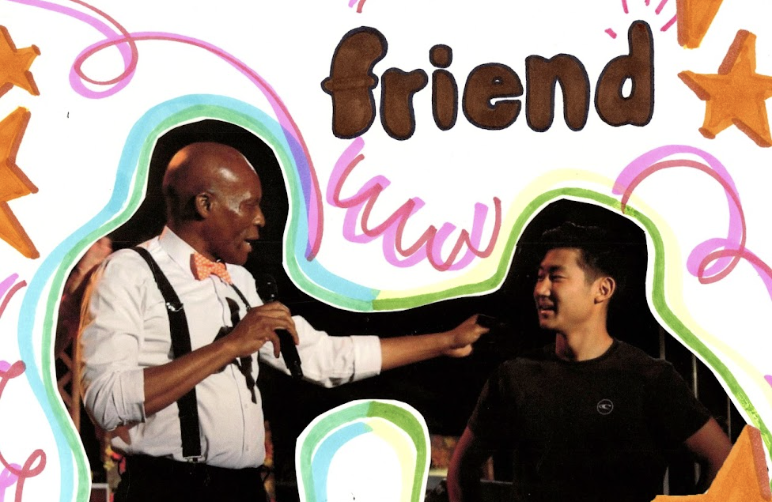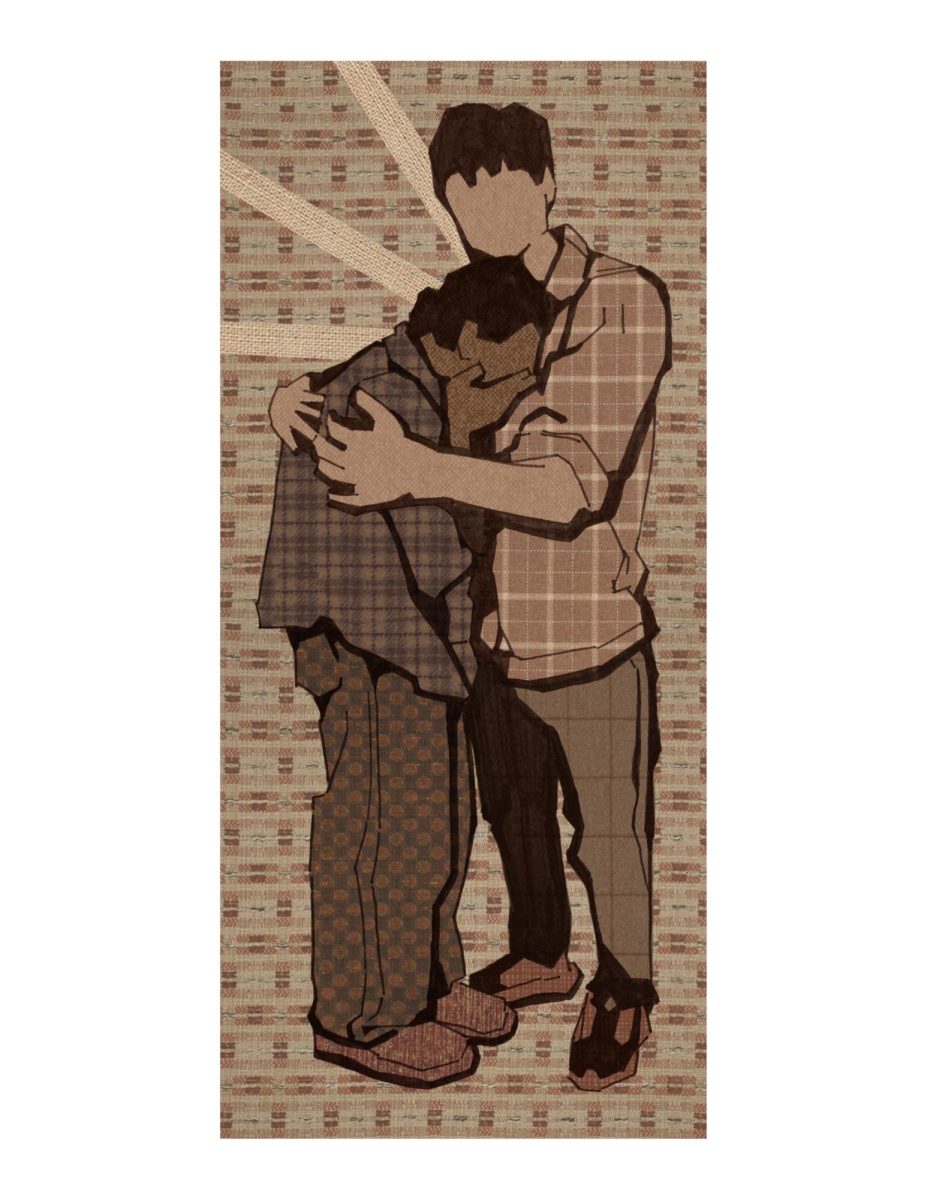The fiery responses to the white Covington high school students’ interaction with Native American Nathan Phillips gave way to the call of fake news. With this focus, Americans have once again missed a conversation on race, specifically on whiteness.
BROADER DEFINITION OF WHITE SUPREMACY
Among the reactions have come defenses, including from Nick Sandmann, one of the white students in the video, who claimed neither he nor any of his classmates are racist in an interview with Today. As a white person, Sandmann, along with his family members, stepped into their prescribed privileged status to hire an attorney to protect his status instead of engaging in genuine reflection. When we are asked to sympathize with Sandmann, the American white supremacist structure is being re-continually established. You may be thinking, “Wait, white supremacy is more than an isolated radical belief?”
“White supremacy is a descriptive and useful term to capture the all-encompassing centrality and assumed superiority of people defined and perceived as white and the practices based on this assumption,” said Robin DiAngelo in her book “White Fragility.” “White supremacy in this context does not refer to individual white people and their individual intentions or actions but to an overarching political, economic, and social system of domination.”
NO MORE COMPLACENCY
As we further understand whiteness, it is important to see how white supremacy and racism are actually inseparable. Again, racism does not end when certain people stop saying their disgusting racial slurs or physically harming people of color. One of the ways racism remains is when all we can see is the good-bad binary DiAngelo discusses, such as in Sandmann’s definition of his classmates as “not racists.” In this binary, the simplistic terms say that good people are not racist and bad people are racist.
“Within this paradigm, to suggest that I am racist is to deliver a deep moral blow—a kind of character assassination. Having received this blow, I must defend my character, and that is where all my energy will go—to deflecting the charge, rather than reflecting on my behavior,” DiAngelo said in her book.
So, if you are a white person, the next time someone calls you a racist, take a step out of complacency to analyze what is being said and the experiences of the people behind the words.
Rebecca Mitchell is a senior journalism major with a concentration in visual media, and is the current editor-in-chief of The Point Magazine. She previously served as features editor, news editor and managing editor of The Chimes.







